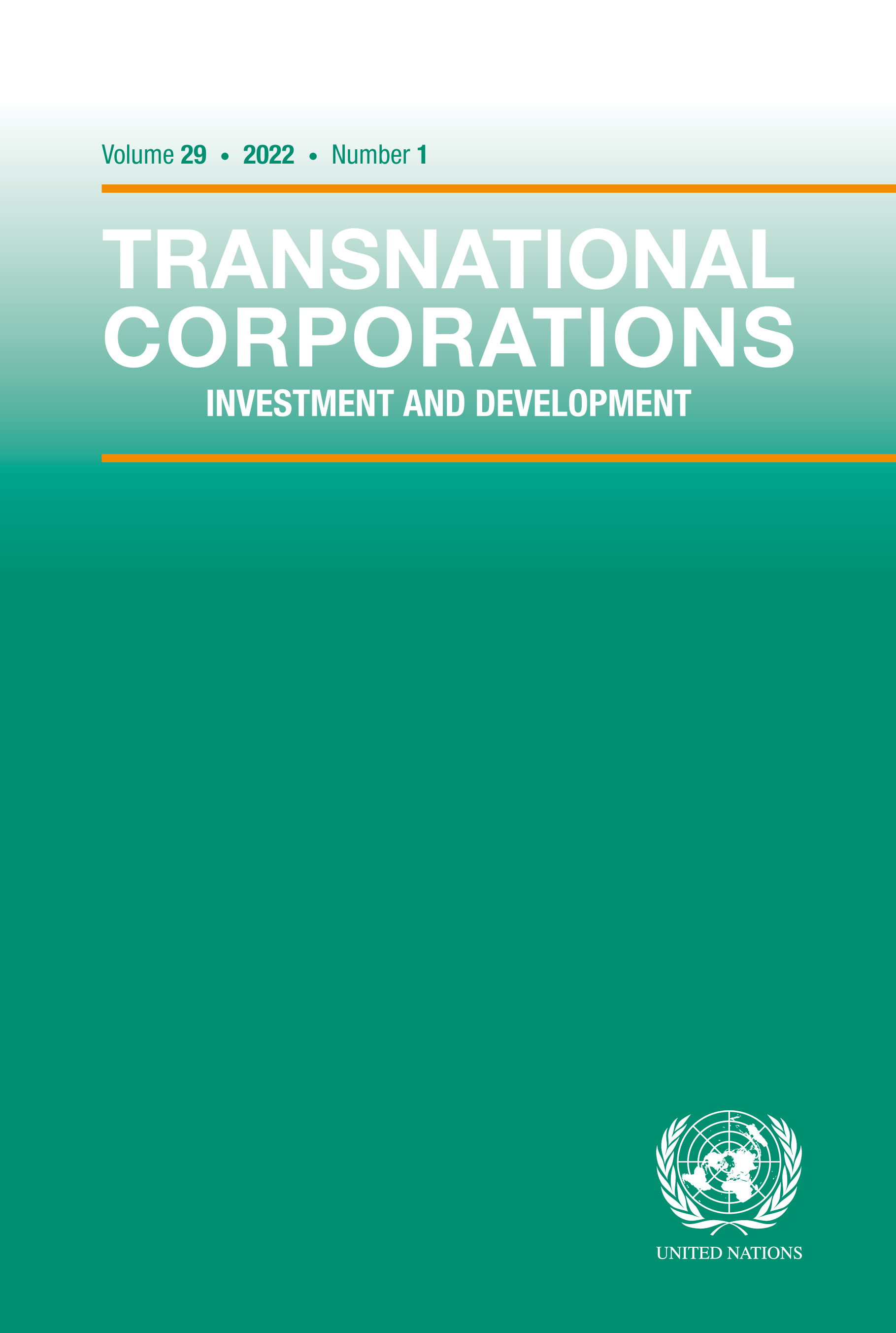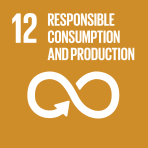-
GVC spillovers on total factor productivity of local firms: evidence from the Russian Federation
- Source: Transnational Corporations, Volume 29, Issue 1, Apr 2022, p. 41 - 74
-
- 29 Apr 2022
Abstract
Global value chains (GVCs) generate significant effects on participating firms. But can GVCs affect other companies in the host economies? We propose a conceptual framework for GVC spillovers and test it using data for Russian manufacturing firms in 2009–2015. Using a panel estimation technique with random and fixed effects, we find that firms in industries that are intensively integrated into GVCs, on average, have higher total factor productivity (TFP), controlling for firm heterogeneity, industry and region fixed effects. TFP gains in GVCs are unequally distributed and depend on (i) the industry’s position in the GVC, (ii) the industry’s technological intensity and (iii) the firm’s TFP level. We relate the findings to the evidence of the “optimal” technological gap that maximizes productivity spillovers for national companies. The results are highly relevant for policymakers as they prove that trade policy and foreign direct investment attraction policy should not go hand in hand but should be incorporated into GVC-oriented policy to encourage the full range of TFP improvements in local (non-GVC-included) firms. To fully benefit from GVC-oriented policy, State policy should encourage the development of inter-firm links. In addition, our results support the importance of evolutionary structural changes in economic upgrading in GVCs and the strength of the role of policies oriented towards medium-technology industries as drivers of technological development.





